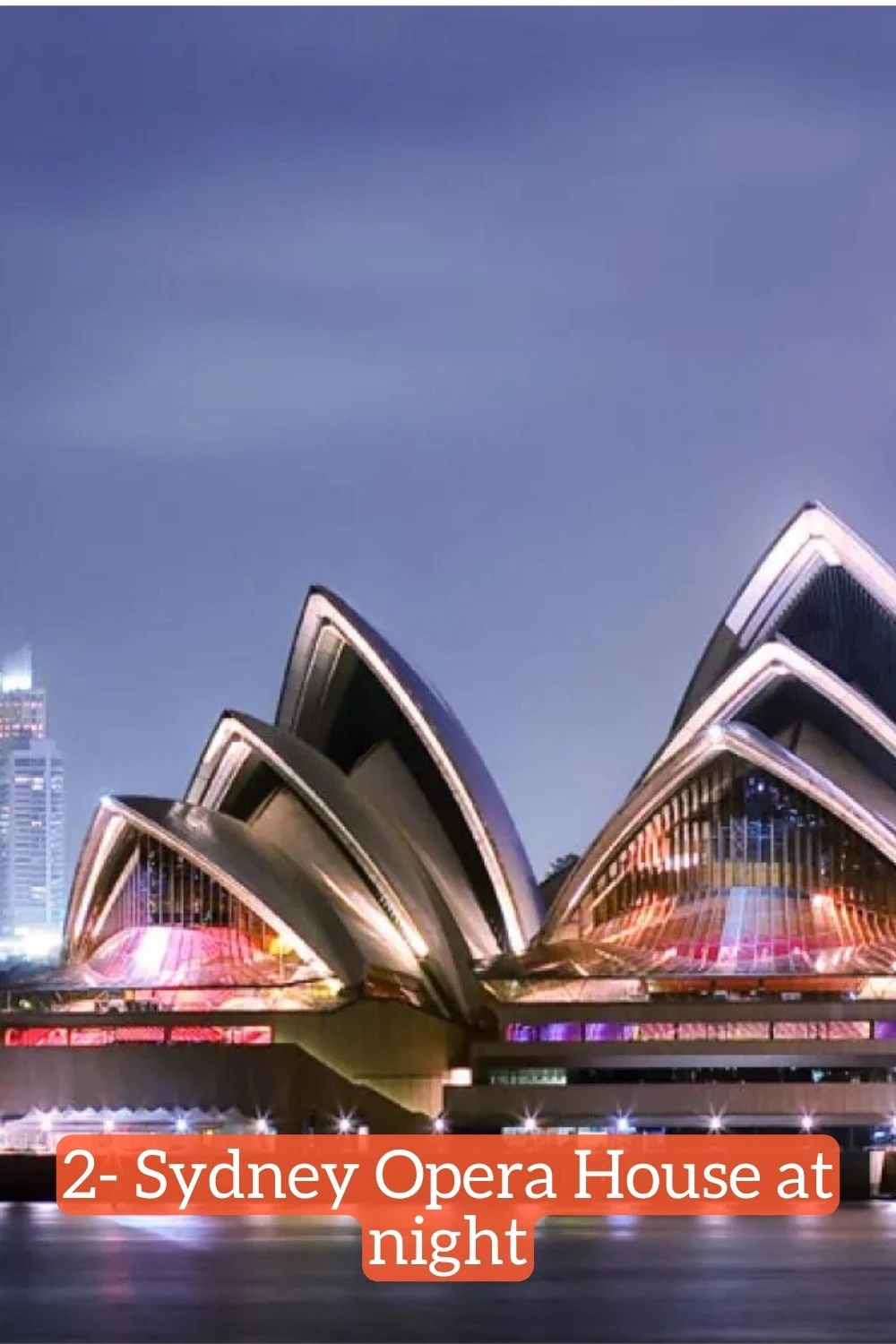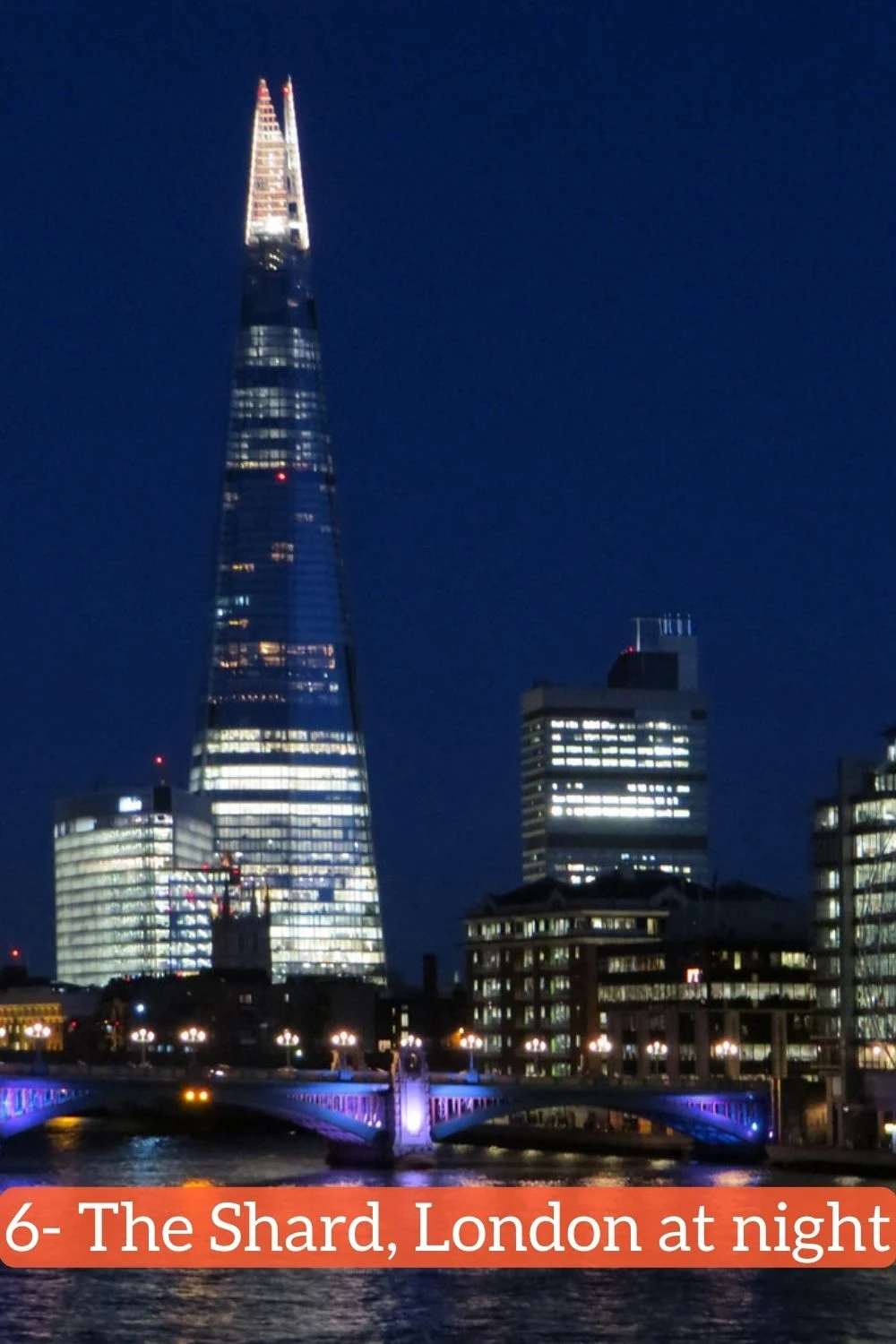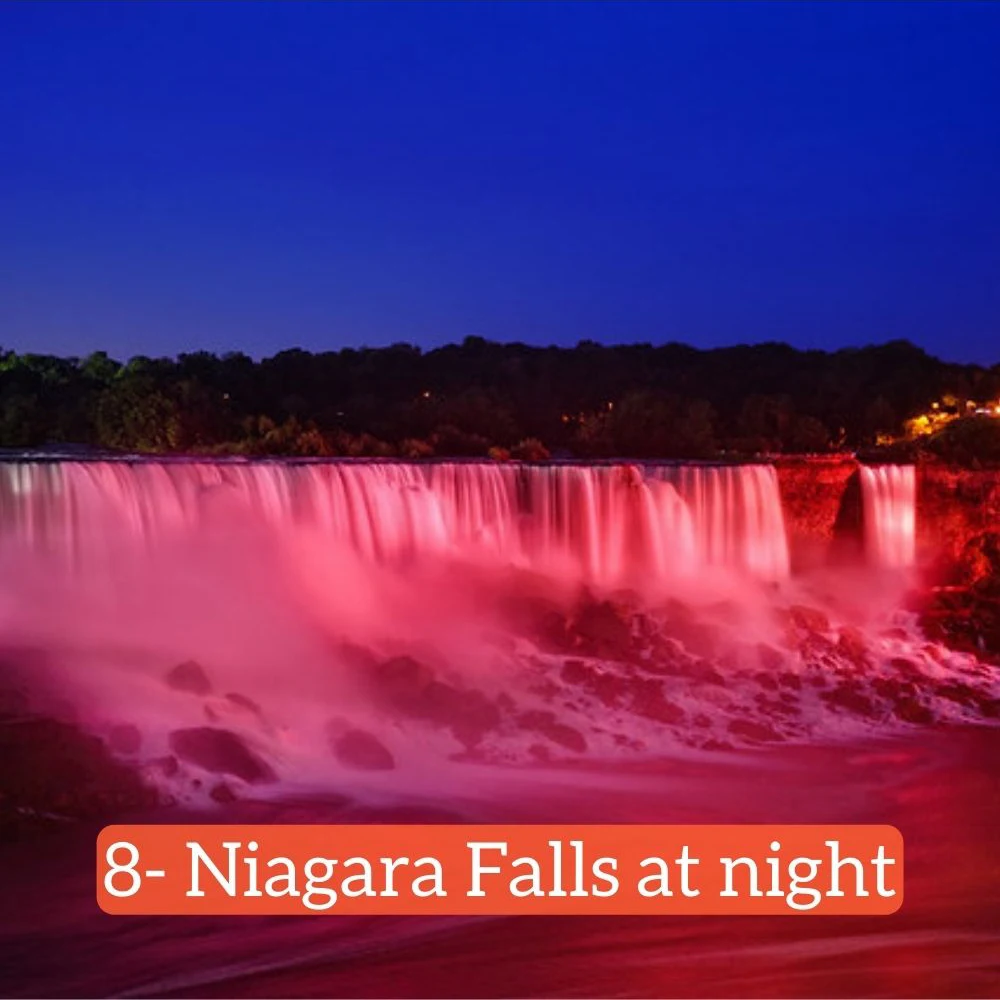Architectural Lighting Design: The Art of Creating Brilliant Spaces
What is the Architectural Lighting Design?
When we think about architectural marvels, we often visualize towering structures, bold designs, and breathtaking facades. We also picture the great structures, the intricate designs, and the overall aesthetic appeal, and we almost forget the real players of creativity.
However, there's an unsung hero who plays a pivotal role in transforming buildings from mere concrete forms to mesmerizing spaces ‒ light! Furthermore, have you ever meditated while thinking about the role that light plays in all of this? Architectural lighting design is a crucial aspect of any architectural project, as it has the power to transform a space, enhance the design, and create a desired ambiance.
So, what exactly is the architectural light design, and why is it so important?
In this blog post, we delve into the captivating world of "Architectural Lighting" and discover why architects consider light a brushstroke of their artistic palette and give big importance to its significance in architecture. Join us on this enlightening journey as we explore the importance of light in architecture and how architects wield their power to create stunning and awe-inspiring spaces.
 |
| How architectural lighting can improve the appearance of buildings? Photo: architectsdatafile.co.uk |
💡 But before diving more deeply into our topic, let's first mention two important disclaimers:
1- Are the terms "light" and "lighting" synonyms? and what is the meaning of each one?
2- Have a short comparison between architectural lighting and landscape lighting and how they differ from each other. After discussing landscape lighting and How To Accentuate Your Residential Landscape Lighting? in a previous post on our blog, it is time to showcase the distinction that lies between the two fields.
1- Are the Terms "Light" and "Lighting" Synonyms?
According to wikidiff.com,
Yes, the terms "light" and "lighting" are related but not exact synonyms.
"Light" typically refers to the natural or artificial illumination that allows us to see and perceive objects. It can refer to the electromagnetic radiation that is visible to the human eye or, more broadly, to any form of electromagnetic radiation.
On the other hand, "lighting" refers to the deliberate design and arrangement of light sources to achieve a specific effect or to illuminate a particular space. It involves the use of various light fixtures, bulbs, and techniques to create a desired atmosphere, enhance visibility, or set a mood in a room, building, or outdoor area.
In summary, "light" is the actual illumination, whereas "lighting" is the intentional application and control of light for practical or aesthetic purposes. So, while they are related concepts, they are not exact synonyms.
2- Architectural Lighting vs. Landscape Lighting
When it comes to creating visually stunning and functional outdoor spaces, lighting plays a crucial role. Whether it's accentuating the beauty of a building or transforming a garden into a magical wonderland, both architectural lighting and landscape lighting serve essential purposes. However, these two lighting disciplines differ significantly in their focus, objectives, and design principles.
1. Purpose and Focus
The primary focus of architectural lighting is to highlight and enhance the unique features and design elements of a building or structure. It emphasizes the form, texture, and details of the architectural structure itself. The goal is to create a visually striking and aesthetically pleasing facade that stands out both day and night. Architectural lighting serves to draw attention to the architectural marvels, historical landmarks, and modern structures that define the urban landscape.
On the other hand, landscape lighting is all about illuminating the outdoor surroundings, such as gardens, pathways, trees, and other elements in the natural environment. The main purpose is to enhance the outdoor experience, create a safe and inviting atmosphere, and showcase the beauty of the landscape. Landscape lighting works harmoniously with nature, making it an integral part of garden design, public parks, and private outdoor spaces.
2. Design Approach
The design approach in architectural lighting revolves around precise techniques and lighting fixtures that can be integrated discreetly into the architecture. The lighting scheme is tailored to accentuate specific architectural elements, such as facades, pillars, arches, and sculptures. Different lighting techniques, such as uplighting, downlighting, and wall washing, are used strategically to create dramatic effects and sculpt shadows, adding depth and character to the structure.
Landscape lighting requires a more organic and flexible design approach to harmonize with the natural surroundings. The focus is on creating a cohesive and balanced lighting scheme that complements the landscape's beauty while providing practical illumination for pathways and gathering spaces. Soft and warm lighting is often preferred to evoke a cozy and inviting ambiance, allowing occupants to enjoy the outdoor spaces comfortably.
3. Lighting Fixtures
Architectural lighting typically involves the use of specialized lighting fixtures that are designed to integrate seamlessly with the building's architecture. These fixtures may include in-ground lights, linear LED strips, wall-mounted luminaires, and recessed lights. The fixtures are selected to ensure they don't detract from the architectural design but instead enhance the structure's visual appeal.
On the other side, Landscape lighting often incorporates a variety of fixtures that are more rugged and weather-resistant to withstand outdoor conditions. Common landscape lighting fixtures include path lights, spotlights, bollard lights, and well lights. These fixtures are chosen for their functionality and ability to highlight specific landscape features without overpowering the natural beauty of the environment.
4. Impact and Atmosphere
The impact of architectural lighting is often bold and eye-catching, drawing attention to iconic buildings and landmarks. It leaves a lasting impression on viewers and enhances the overall nighttime cityscape. In fact, it can change the perception of a structure, transforming it from a static form into a dynamic and captivating spectacle.
Landscape lighting focuses on creating a gentle and inviting atmosphere that encourages people to engage with outdoor spaces. It provides a sense of security and comfort, guiding visitors through pathways and focal points, and offering a calming ambiance that complements the natural surroundings.
So then, while both architectural lighting and landscape lighting share the goal of enhancing outdoor spaces, they differ significantly in their purpose, design approach, fixtures, and impact on the surroundings.
The Importance of Light in Architecture
In the realm of architectural design, light emerges as a transformative force, elevating structures to awe-inspiring heights. Architectural light design is the art of harnessing light's potential to create captivating environments that engage our senses and evoke emotions. This article uncovers the pivotal importance of light in architecture, illuminating the intricate relationship between design and illumination. As we unravel the significance of architectural light design, we unveil its profound impact on aesthetics, functionality, and the well-being of individuals inhabiting these spaces.
Architectural light design holds immense significance as it breathes life into buildings and structures, transforming them from ordinary spaces to captivating masterpieces. This artful integration of light in architecture not only enhances aesthetics but also influences the mood and well-being of occupants. From illuminating iconic landmarks to creating inviting outdoor spaces, architectural light design plays a pivotal role in shaping our urban landscape.
Light serves as a brushstroke, accentuating the lines, curves, and textures of buildings, unveiling their true splendor. By strategically employing various lighting techniques such as uplighting, downlighting, and grazing, architects can create mesmerizing plays of light and shadow that lend depth and dimension to structures. From illuminating iconic facades to crafting dramatic nighttime cityscapes, light design amplifies the beauty of architecture, transforming cities into captivating wonderlands.
Furthermore, Architectural lighting design goes beyond its artistic role, serving essential functional purposes. Proper lighting is vital for ensuring safety and wayfinding within and around buildings, especially during low-light conditions. Well-lit pathways, staircases, and entryways enhance accessibility and reduce the risk of accidents. Moreover, skillful lighting design can effectively highlight emergency exits and evacuation routes, making buildings safer and more secure.
Different Types of Architectural Lighting
Architectural lighting design encompasses various types of lighting techniques and fixtures used to enhance the aesthetics, functionality, and ambiance of architectural spaces. Some of the main types of architectural lighting include:
- Ambient Lighting: Provides overall illumination to a space, creating a comfortable and visually balanced environment.
- Task Lighting: Focused lighting designed to facilitate specific tasks or activities, such as reading, cooking, or working at a desk.
- Accent Lighting: Used to highlight specific architectural features, artworks, or objects, drawing attention to particular elements within a space.
- Cove Lighting: Concealed lighting fixtures are placed in ledges, recesses, or overhead ledges to produce a soft, indirect glow on walls or ceilings.
- Wall Wash Lighting: Designed to evenly illuminate vertical surfaces, such as walls, to enhance textures and create a visually appealing effect.
- Up-lighting and Downlighting: Up-lighting involves illuminating from the floor upwards, while downlighting refers to light fixtures installed on the ceiling or high points, directing light downwards.
- Path Lighting: Used for outdoor spaces, guiding people along pathways and walkways while adding safety and visual interest.
- Decorative Lighting: Aesthetic lighting fixtures that serve as art pieces or focal points in the design of a space.
- Daylight Integration: Architectural strategies to optimize the use of natural light, reducing reliance on artificial lighting during the daytime.
- Dynamic Lighting: Utilizes color-changing LEDs or fixtures with adjustable intensities to create dynamic and interactive lighting scenes, often used in public spaces and entertainment venues.
Each type of architectural lighting plays a specific role in achieving the desired atmosphere and functionality of a space, and a thoughtful combination of these types can transform the overall experience within a building or outdoor area.
8 Worldwide Remarkable Architectural Lighting Projects
Here's a glance at some remarkable and fascinating architectural lighting projects in the world today: (Refer to the relevant image below)
- The Eiffel Tower - Paris, France: The iconic Eiffel Tower is a masterpiece of architectural lighting. Its intricate lighting design uses thousands of LED lights to create dazzling light shows, changing colors and patterns that captivate visitors.
- Sydney Opera House - Sydney, Australia: The sails of the Sydney Opera House come to life at night with a stunning lighting display. The combination of static and dynamic lighting enhances the building's unique form, making it a breathtaking sight against the city skyline.
- Burj Khalifa - Dubai, UAE: The world's tallest building, the Burj Khalifa, is a mesmerizing sight thanks to its sophisticated lighting design. LED fixtures are used to illuminate the tower's facade with vibrant colors and dynamic patterns, turning it into a dazzling beacon in the Dubai skyline.
- The Bay Lights - San Francisco, USA: An impressive light art installation on the San Francisco Bay Bridge. This project features 25,000 LED lights that cover the suspension cables, creating a mesmerizing display that showcases the city's commitment to creativity and innovation.
- Gardens by the Bay - Singapore: This futuristic park is adorned with the "Supertrees," towering structures covered in vertical gardens and equipped with an intricate lighting system. At night, the Supertrees come alive with a vibrant light and sound show, turning the gardens into a magical wonderland.
- The Shard - London, UK: The Shard, London's iconic skyscraper, boasts a unique lighting scheme that accentuates its sleek design. The exterior lighting is energy-efficient and programmable, allowing for various color combinations and lighting effects.
- Sagrada Família - Barcelona, Spain: Antoni Gaudí's masterpiece, the Sagrada Família, is illuminated at night, highlighting the intricate details of its facades. The careful lighting design enhances the architectural elements and the symbolism of the basilica.
- Niagara Falls - Canada/USA: The world-famous Niagara Falls is transformed into a captivating nighttime spectacle through a series of powerful lights positioned around the falls, creating a colorful and enchanting display.








These examples represent just a few of the many remarkable architectural lighting projects around the world. Each of these projects demonstrates how creative and thoughtful lighting design can enhance the beauty and impact of architectural landmarks, turning them into awe-inspiring attractions that captivate both residents and visitors alike.
Final Thoughts
In conclusion, light in architecture is not just a functional element but an artistic expression that transforms the ordinary into the extraordinary. From the time-honored grandeur of ancient structures to the cutting-edge marvels of modern architecture, light has remained a key player in shaping the human experience of space. Architects, armed with the knowledge of light's significance, use it to breathe life into their designs and create unforgettable spaces that leave lasting impressions on our minds and hearts.
.png)






